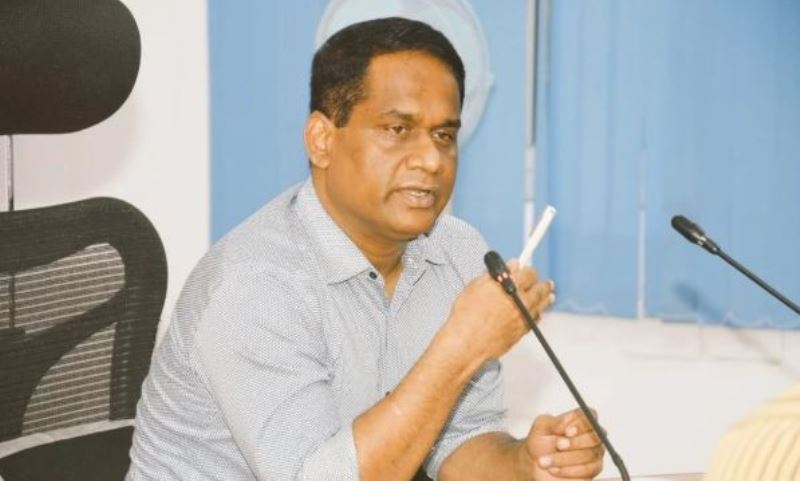In an interview, M. Angamuthu, Chairman of Visakhapatnam Port Authority (VPA) and Mumbai Port Authority, highlighted the transformative initiatives underway at VPA, focusing on private participation, operational efficiency, and strategic investments under India’s port modernisation agenda.
O&M Model: Driving Efficiency and Private Participation
VPA has successfully implemented six operational Public-Private Partnership (PPP)/Build-Operate-Transfer (BOT) projects, with nearly 48–50% of cargo handled through PPP-operated terminals. Additionally, four new PPP projects are currently under construction. Complementing this, VPA has embraced the Operation & Maintenance (O&M) model, which has emerged as a more flexible alternative to conventional PPP projects.
“Under the O&M model, private operators invest in large-scale operations with less risk and in a shorter timeframe compared to traditional PPPs,” Angamuthu said. “This model has proven successful in terminals such as EQ-1, EQ-1A, and EQ-10, improving berth productivity, cargo throughput, vessel turnaround time, and customer satisfaction.”
Key benefits of the O&M model include low capital requirements, rapid operationalisation, efficiency gains through modern technology and management practices, stable revenue streams, and alignment with the government’s asset monetisation agenda. Challenges include establishing clear performance benchmarks, transparent revenue-sharing mechanisms, regulatory flexibility, and effective workforce engagement.
Tariff Autonomy Enhances Competitiveness
The Major Port Authorities Act, 2021 (MPAAct), has empowered VPA to set tariffs based on market forces, enabling the port to compete effectively with private non-major ports like Gangavaram. Under the act, VPA has implemented flexible pricing, discounts, and incentive schemes for various cargo segments, helping retain and attract business.
Examples include reductions in cargo handling charges for bulk commodities, customised incentives for coastal shipping, performance-linked rebates for long-term customers, and flexible berth hire and storage tariffs. These measures have strengthened VPA’s competitiveness, stabilised regional market share, and enhanced negotiation capacity with trade stakeholders.
Strategic Investments and Port Development
VPA is progressing with the ₹1,500 crore development of Mulapeta Port in Srikakulam district, Andhra Pradesh. Plans include a Special Economic Zone (SEZ) with an investment of ₹71,500 crore, projected to generate employment for 30,000–50,000 people. Development hinges on the transfer of 2,000 acres of salt land, pending decisions by the Andhra Pradesh Maritime Board. A 200 km six-lane coastal highway connecting Mulapeta to Bheemili has already received Union government approval, enhancing regional connectivity.
VPA is also part of joint ventures developing key maritime projects, including Bahuda Muhan Port in Odisha, with an estimated investment of ₹21,500 crore to handle 150 million tonnes per annum, and the International Container Transhipment Port (ICTP) at Galathea Bay, Great Nicobar Island, aimed at handling up to 16 million TEUs annually. These initiatives form part of the Maritime India Vision 2030 and the PM Gati Shakti National Master Plan.
A Model for Modern Ports
Angamuthu concluded, “The O&M model, combined with tariff autonomy under the MPAAct, provides a practical, scalable framework for monetising port assets, attracting private investment, and improving operational efficiency. These initiatives position VPA as a competitive and strategically important gateway port on India’s east coast, driving long-term growth and sustainability in the maritime sector.”

